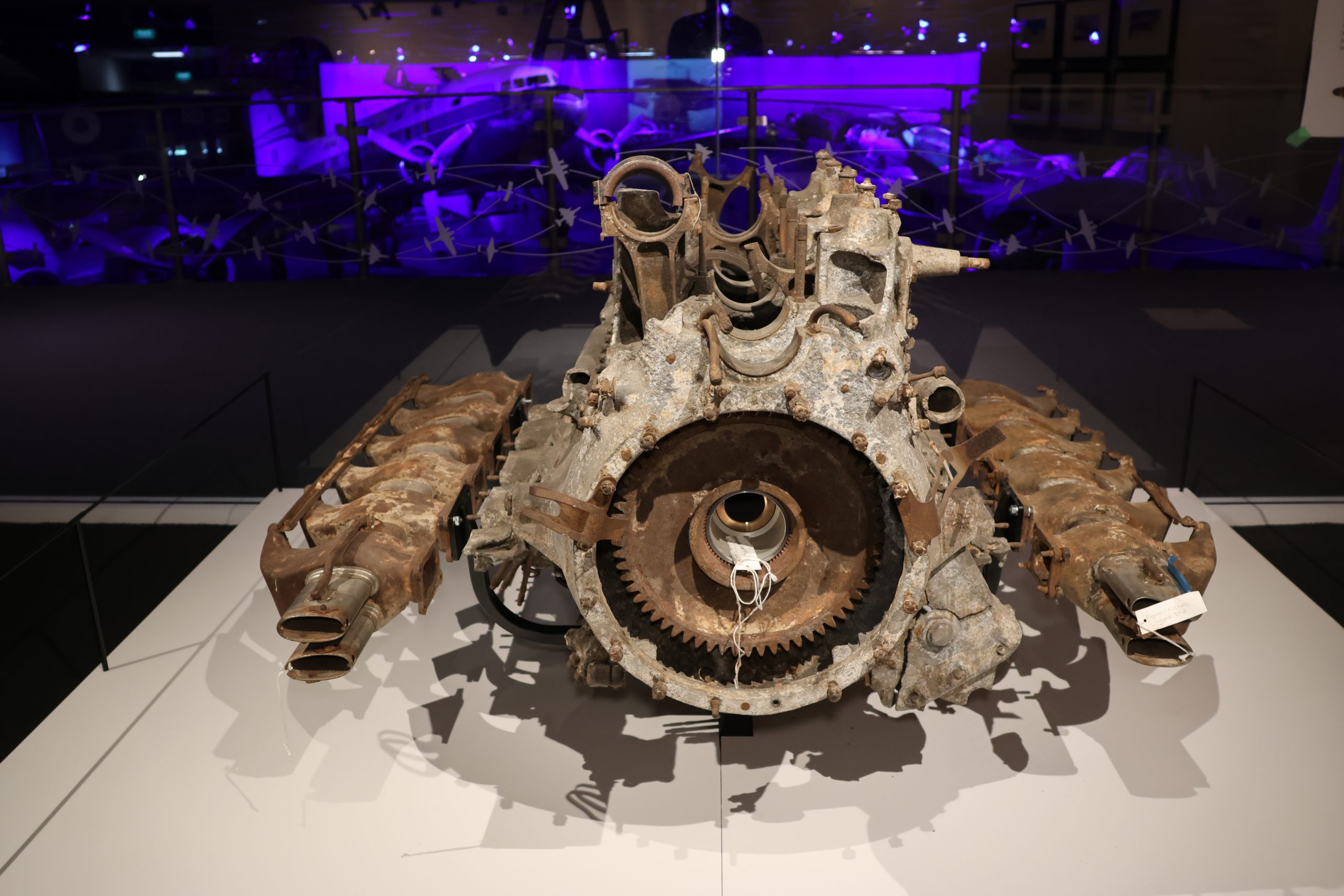
New exhibiton: Insights
Insights
From delicate pastel and crayon sketches to the brutality of a crash-damaged German bomber engine, Insights offers a tantalising peek at the breadth and depth of our collection. Like many museums, space constraints mean that only a fraction of our one million or so objects can ever be on display. It is a collection containing stories more than 100 years in the making and a source of endless fascination for the team of people who work to catalogue, conserve and care for it.
Featured Exhibition
P-3 Orion
The exhibition includes a scale model of the aircraft dating back to 1968, and a 13-minute documentary featuring interviews with pilots and crew, and a yachtie rescued by the aircraft back in 1994.
P-3 Orion: The story of an extraordinary aircraft is not to be missed!
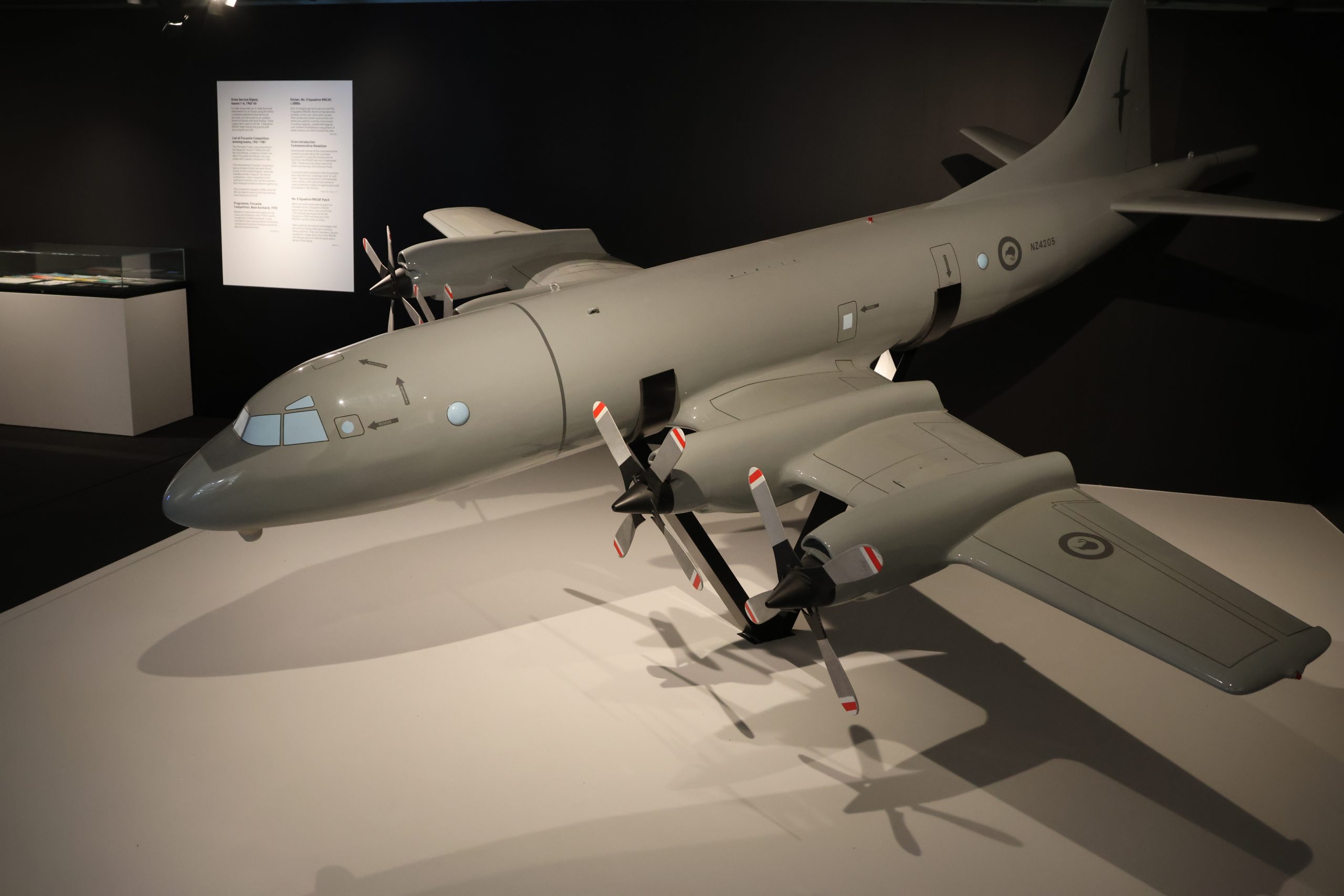
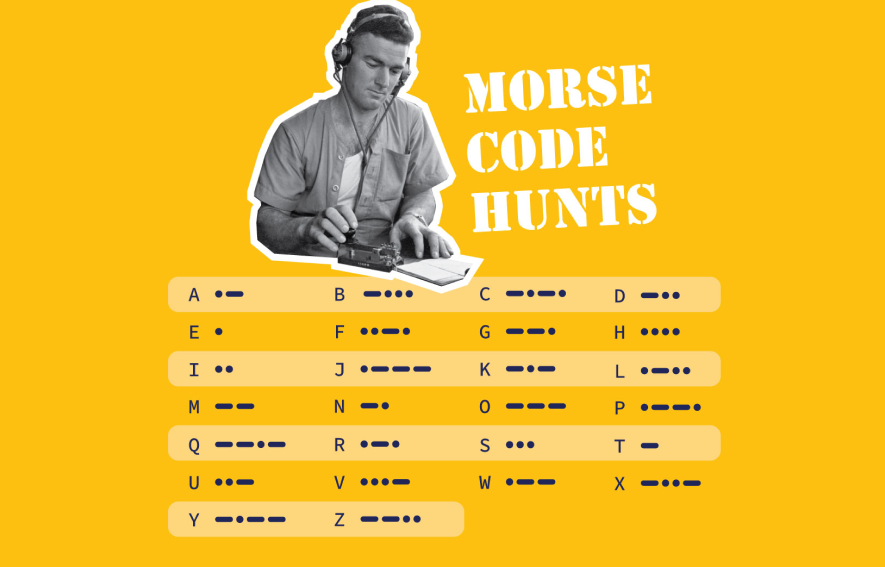
A fun way to explore the Museum together
Museum Hunts
Our Aircraft
Explore AircraftMore to explore
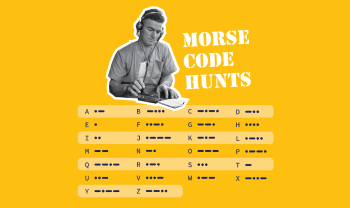
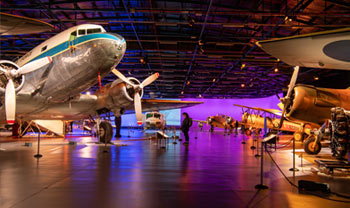
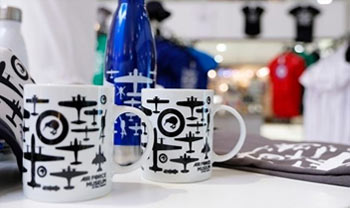
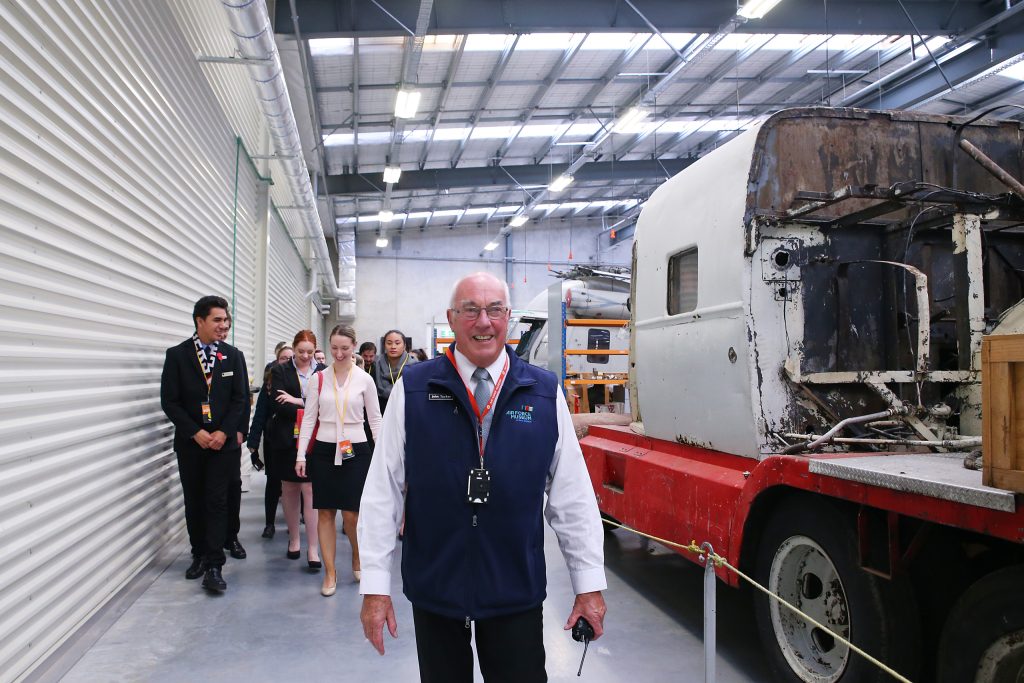
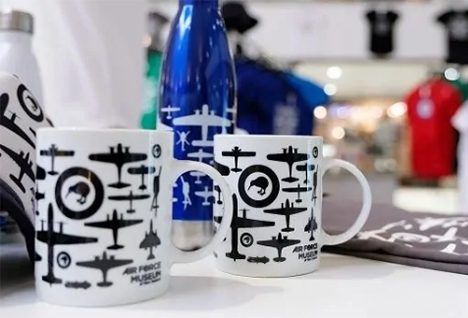
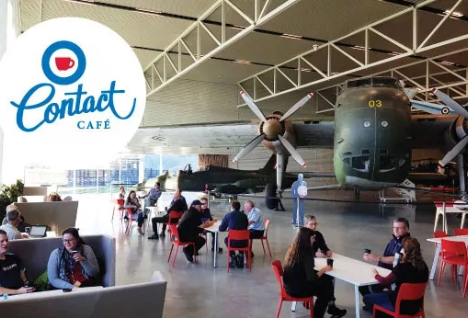
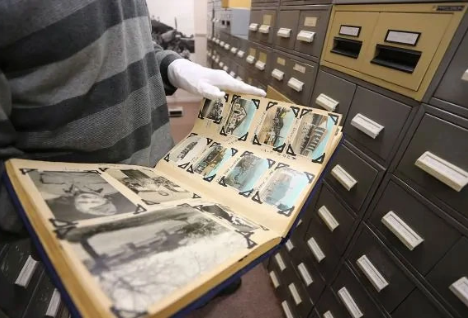

HELLO COLLIE! We were pleased to welcome Lyndon Collie at the weekend – it was fantastic to be able to put a face to a name!
That’s because Lyndon, who served in the RNZAF for nine-and-a-half years, is one of the names that feature in our new Insights exhibition.
Corporal Collie, better known as ‘Uncle’, served two tours in 2001 and 2002 as part of the United Nations peacekeeping mission in East Timor.
This means his name features not once, but twice on the unique 44-gallon drum that served as a roll of honour for those who served as Bulk Operational Aircraft Refuellers (BOARS) at the Deployable Bulk Fuel Installation at Suai Camp in East Timor from 1999 to 2002. The BOARS helped keep the RNZAF's six Bell Iroquois helicopters operational during deployment.
We’re lucky enough to have added the drum – with all the BOARS’ names – to our collection for posterity.
It was nice to be able to reacquaint Uncle with the drum.
We’re here to acknowledge and remember all those who have served – like Corporal Collie - and continue to serve in the RNZAF.
If you’d like to learn more about the RNZAF’s involvement in East Timor, the Insights exhibition is free and open to visit from 9.30am until 4.30pm each day.
There are a lot more names on the drum so if you’re a BOAR and you’re in the neighbourhood, drop on by.
#rnzaf #rnzafpastandpresent #christchurchnz ... See MoreSee Less
Comment on Facebook
Lyndon Collie, If you can read this, do you mind contacting me via messenger please as I want your overseas and personal details so I can have you placed in the Auckland War memorial Cenotaph data base which you and your family will be able to access and add to. You can ph 027 3855 387 if you want. John "Trees" Forrest, JP.
POLAR BEAR SIGHTING! We’ve got some new museum bears in store for the Christmas season and we wanted to test one in extreme field conditions before they go on sale.
It just so happened that a United States Air Force C-17 crew visited the other day for some museuming*, and Staff Sergeant Collin Guernsey kindly offered to take the bear under his wing for a day trip to Phoenix Airfield aboard the mighty Globemaster.
Operation Deep Freeze has been running since 1955 and ensures that the United States Antarctic Program and the National Science Foundation teams in Antarctica get everything they need before winter sets in. The season is now in full swing, with Globemasters and C-130 Hercules busy on Antarctic flights out of Christchurch Airport each day as the weather allows.
Huge thanks to Collin for giving Bear a fantastic, if a little chilly, day out.
After his adventure we’ve decided that Bear needs a name. If you have any suggestions please post them in the comments below.
*museuming is a made-up word for spending a lovely relaxing time with us learning about the RNZAF and the history of military aviation in Aotearoa New Zealand.
#usaf #antarcticanewzealand #rnzaf #nzdf #c17globemaster #c17 ... See MoreSee Less
Comment on Facebook
Colin Junior or Marshal 😀
How about Phoenix as a name for Bear? 🐻
Thank you again for the opportunity! I look forward to seeing the names everyone comes up with! The Bear will definitely end up displayed on a shelf once I get back home! I think my vote would be for Phoenix as well 😁
How about Chilly B?
Could be Ice for the name
How about Staff Sargeant CG. For C17 crew, Collins Guernsey, Globemasters, and C 130.
Ceebee. (could stand for chilly bear or cold behind!)
That is one very lucky bear.
How about Cool-i-o, the coolest bear?
McMurdo Bear
Lanesa Crabtree Breeding for Joe…
Mr Freeze 🥶
Erebus Bear Guernsey
Tao
View more comments
We're delighted to let you know that we've got a significant new photo album collection uploaded and available for you. It's a stunner!
Kiwi flying ace Ronald Bannerman’s photo album collection is now available at fotoweb.airforcemuseum.co.nz/fotoweb/archives/5021-Ronald-Bannerman-personal-album/
This is an un-rivalled photographic record of one brave pilot’s service in two world wars and includes pictures of many of the notable names from No. 79 Squadron in World War One.
The album includes more than 600 images covering training in New Zealand, England, active service in Europe and in New Zealand in World War Two.
And you can read Matthew O'Sullivan's blog about Ronald Bannerman's extraordinary story at airforcemuseum.co.nz/blog/new-photo-album-the-bannerman-collection/ ... See MoreSee Less
Comment on Facebook
And the forecast is ... perfect for a guided walk at 10am today to discover historic Wigram as part of Heritage Week.
Our guides will talk you on a 90-minute walk taking in the highlights of our historic air base, which was once home to thousands of RNZAF personnel. It is family-friendly, pram-friendly, accessible and a must do if you want to learn more about our proud aviation history.
Tours assemble ready for a 10am start today and tomorrow (Sunday October 20) in our museum atrium - just $5.
Quick march!
#HeritageWeek #christchurchnz ... See MoreSee Less
Comment on Facebook
Do your archives hold the base hospital birth records?